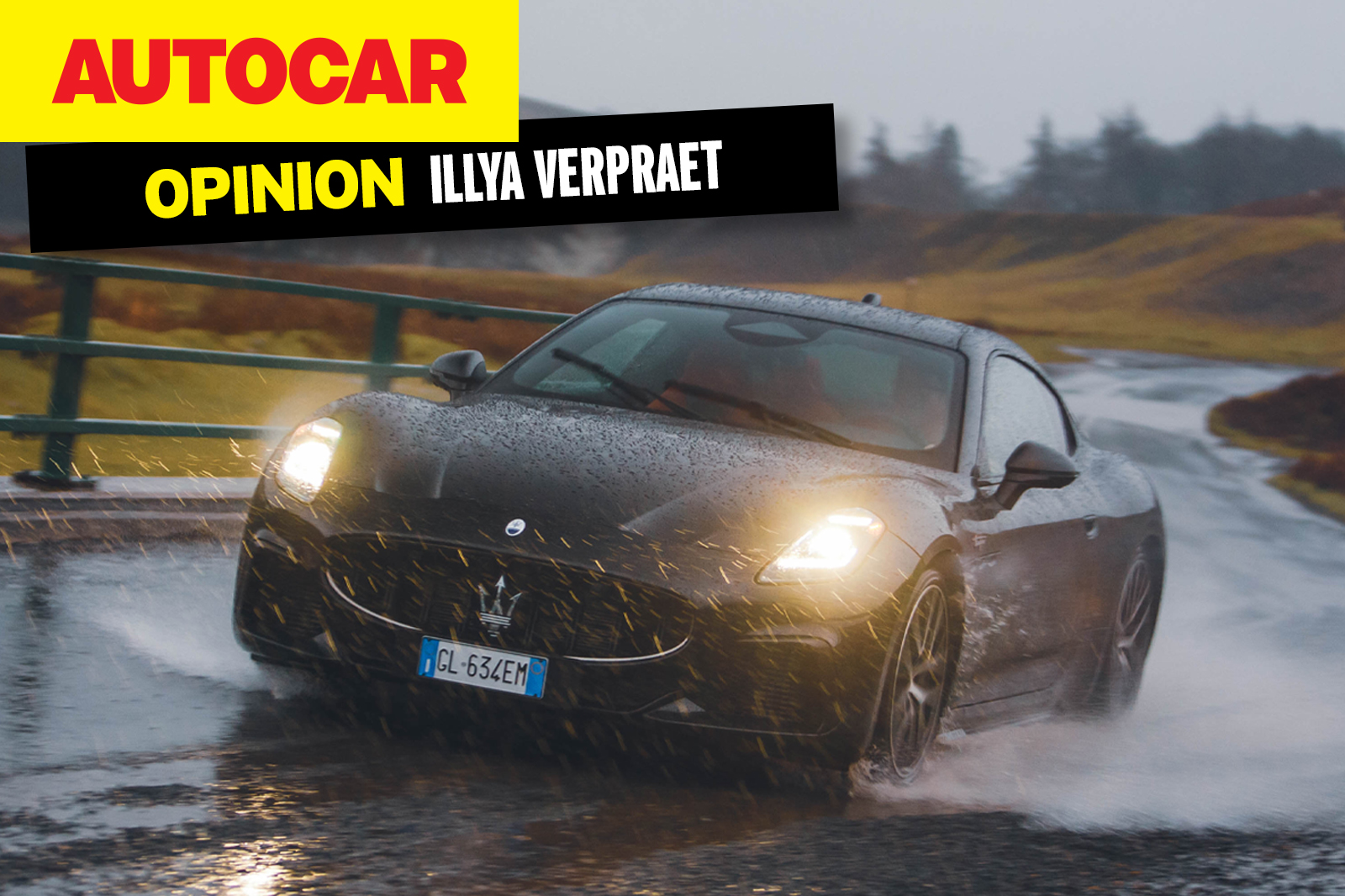“Naughty streak” can make a Maserati more fun than a Porsche
With a comprehensive line-up and a clear, cohesive identity, Maserati stands out under the Stellantis umbrella
Over the past couple of years, Maserati’s rush of model renewal has created plenty of work for us road testers, but it has also led to a fresh sense of familiarity with its cars that’s broadly encouraging.
The company is undergoing one of those revival moments, having received some investment to develop new cars that might actually stick it to the Germans. Will a bunch of 3.5-star cars be enough to do that? Well, let’s just zoom out for a moment.
As model range renewals go, Maserati’s is pretty extensive. While Jaguar has withdrawn all but one of its cars from sale until new EVs arrive, the Modenese firm has made all but one of its cars less than three years old.
Some have suggested that the trident pig is just being fattened up for market (though a spokesperson recently denied that Stellantis has plans to sell Maserati). But I’d say getting rid of it would be a huge loss.
The firm has done a surprisingly thorough job in covering market territory. The Grecale SUV, Granturismo and Grancabrio are all available with petrol and electric power, and an electric MC20 is supposedly coming to complement the existing petrol version.
Continuing to give customers choice like this seems a canny move, because while there’s no getting away from the governmental drive for EV adoption, actual consumer appetite still lags behind.
There’s a chance that Porsche might look a little silly with its electric-only Macan come 2025 – but you’ll still be able to buy a petrol Grecale, even if increasing taxes and restrictions might make the latter prohibitively expensive.
Then again, maybe undertaking to build a convincing electric and piston version of each model has stretched development resources too thin. As we recently learned, the electric Grecale Folgore feels several years behind the competition as a luxury EV and it isn’t nearly as good to drive as its petrol siblings.
Which, if I was running the company, would be a definite worry, but at least the wider picture is more convincing.
Maserati’s petrol-powered cars may not be as objectively ‘good’ as rivals and they’re typically about 15% more expensive than feels justified – but they share a distinctive character that makes them very likeable indeed.
Just as every Porsche – whether it’s a base Cayenne or a 911 S/T – feels unmistakably like a Porsche, Maseratis (except for that electric Grecale) have quite an innately Maserati feel.
Their controls are quite light but do have feedback, and respond in a measured way, making the cars very intuitive to drive. There’s also a clear focus on comfort that sets Maseratis apart from rivals that are trying too hard to be sporty.
And yet there’s enough of a naughty streak that often actually makes them more fun.
So the cars are mostly good and distinctive, there’s cohesion within the range and the Maserati brand retains its special status; it’s the only one in the Stellantis stable that might ever comfortably occupy that lucrative sub-Bentley space. And unlike a certain British car maker aiming for the same tranche, Maserati actually has a range of cars to sell you today.
There have been bumps in the road, then – but of the many brands fighting for a place under the Stellantis umbrella, Maserati might be the one with the clearest identity, and the best chances of long-term success, if it can just be that bit more consistent.

